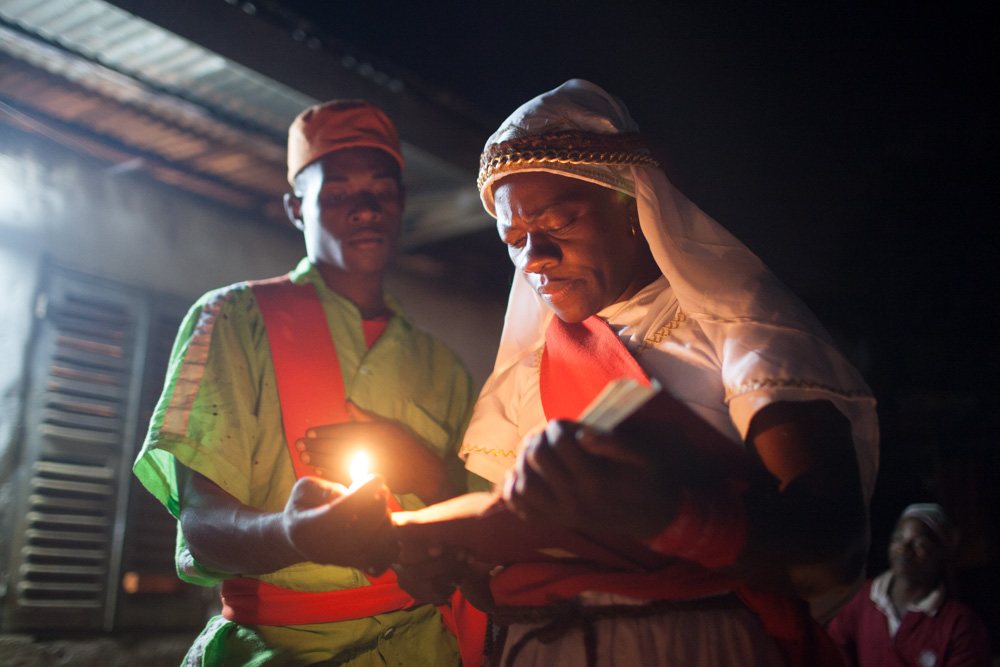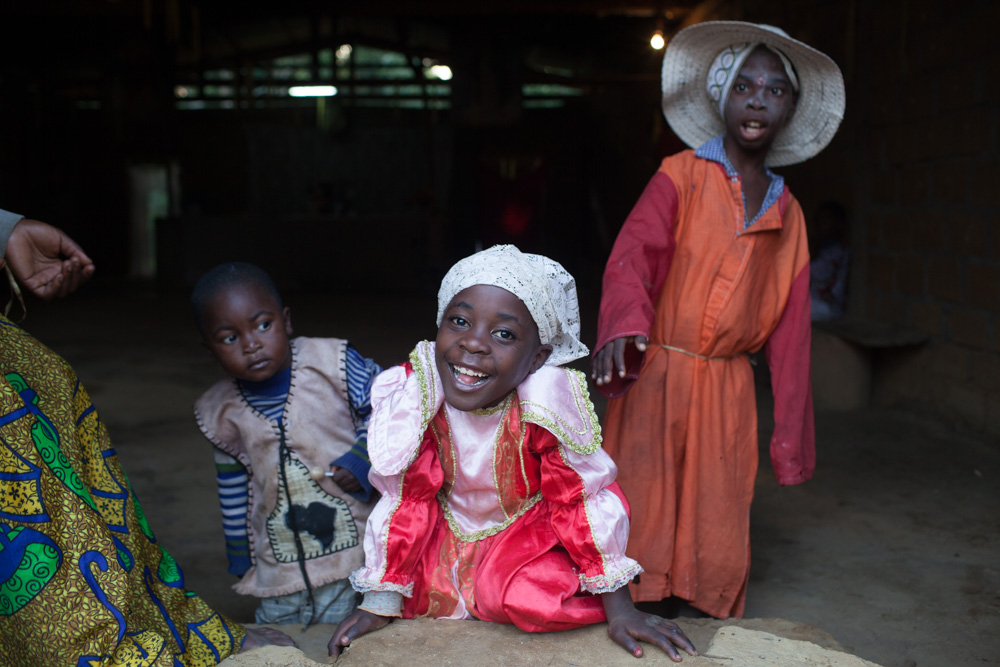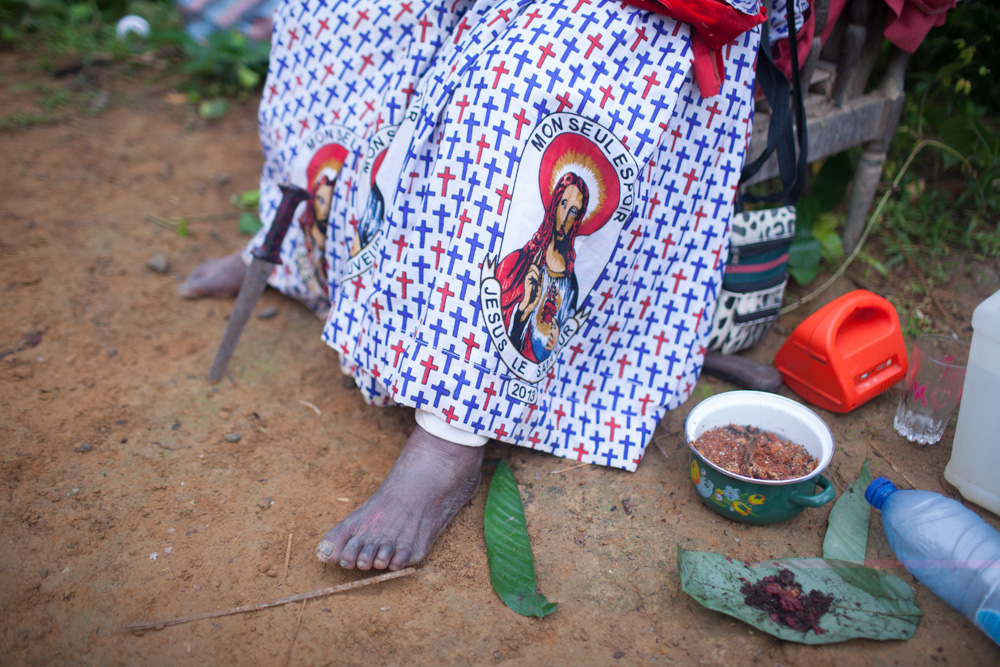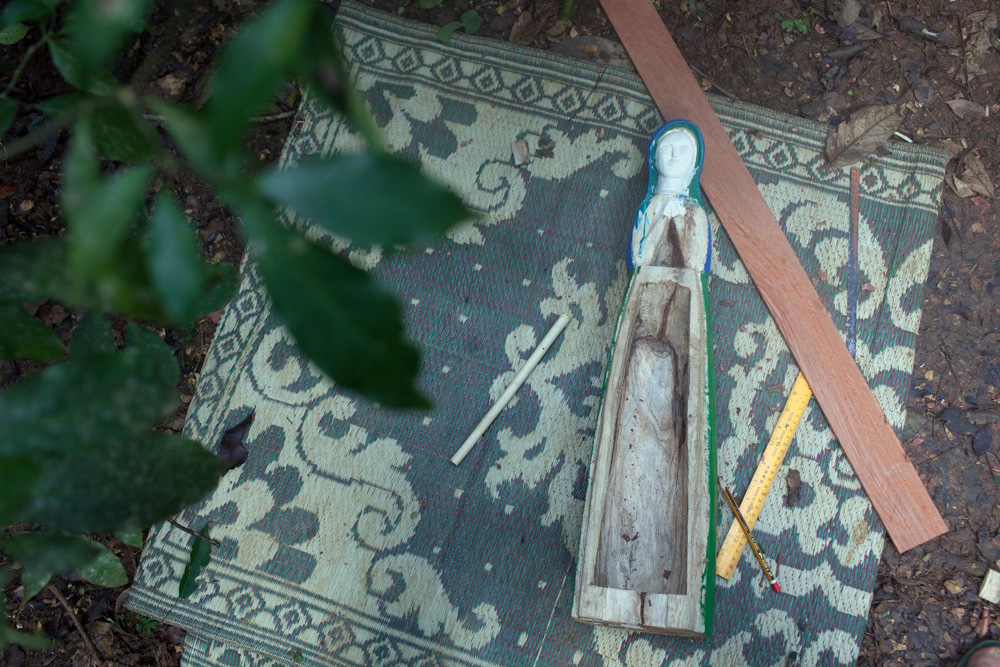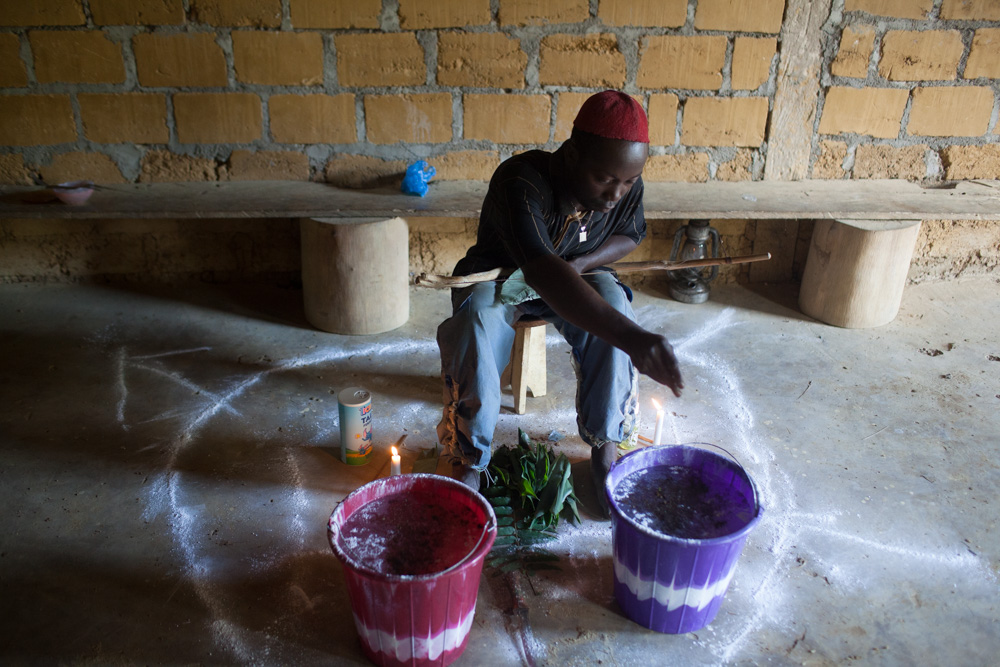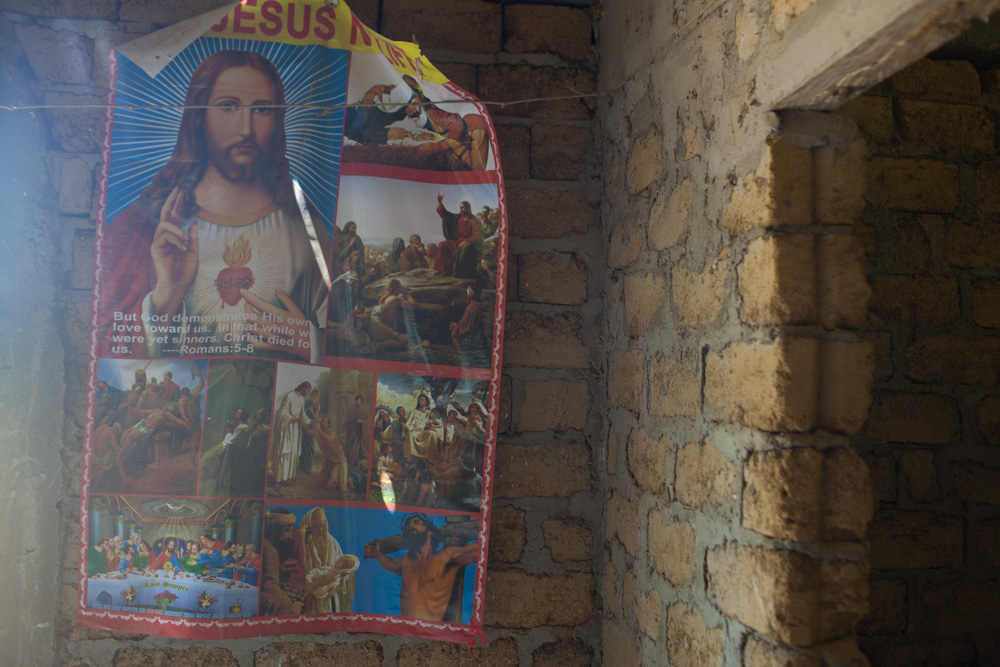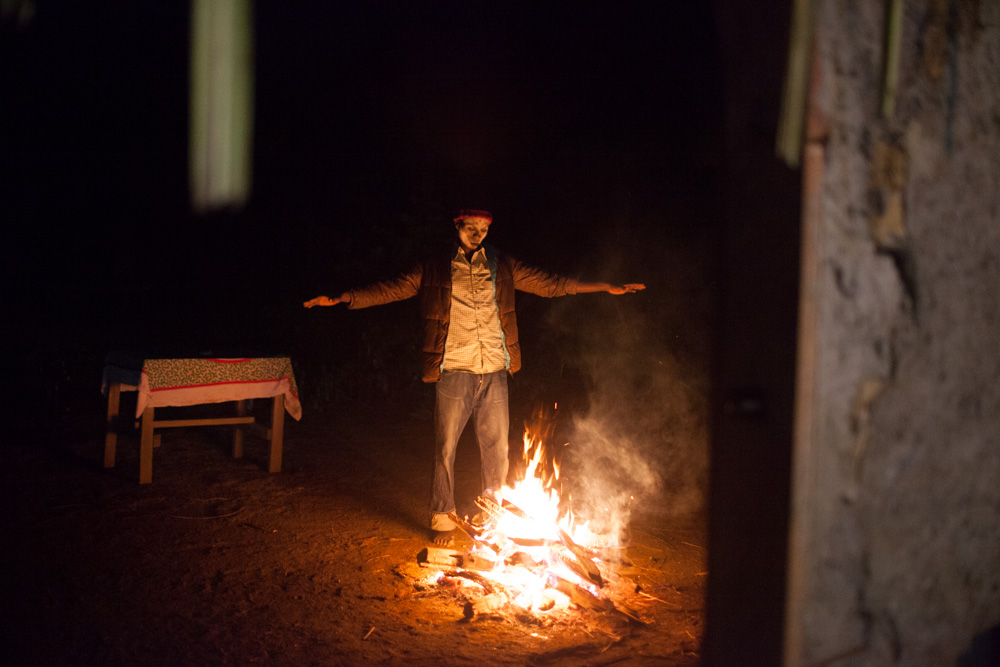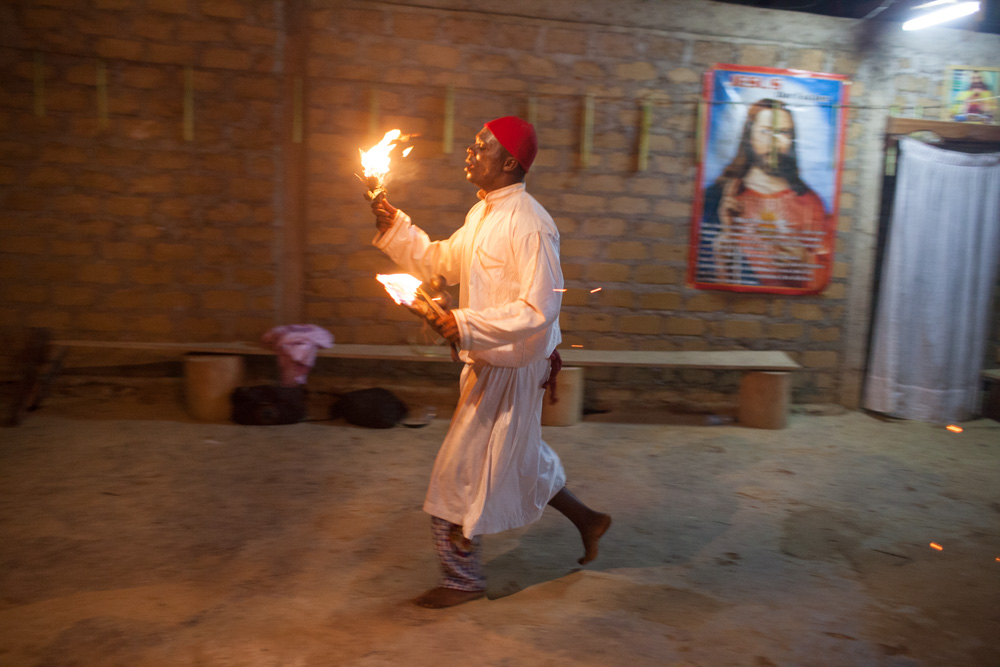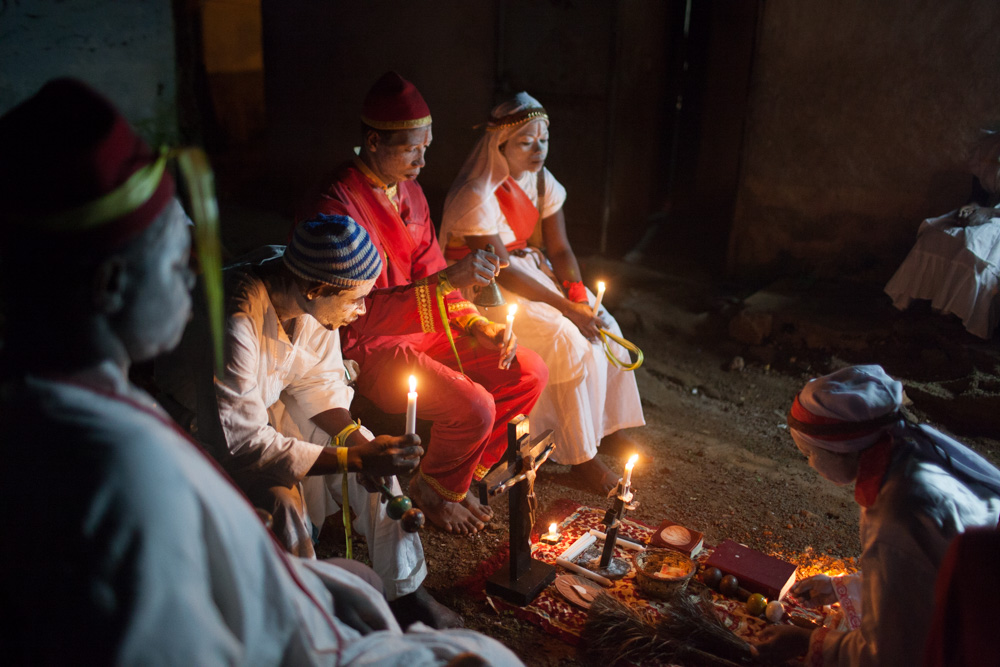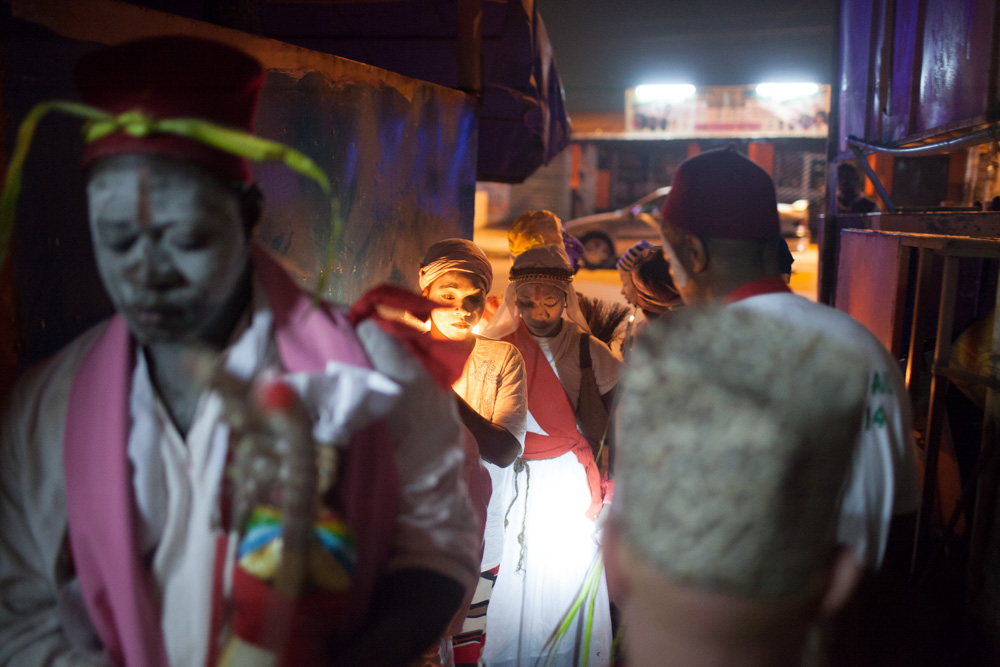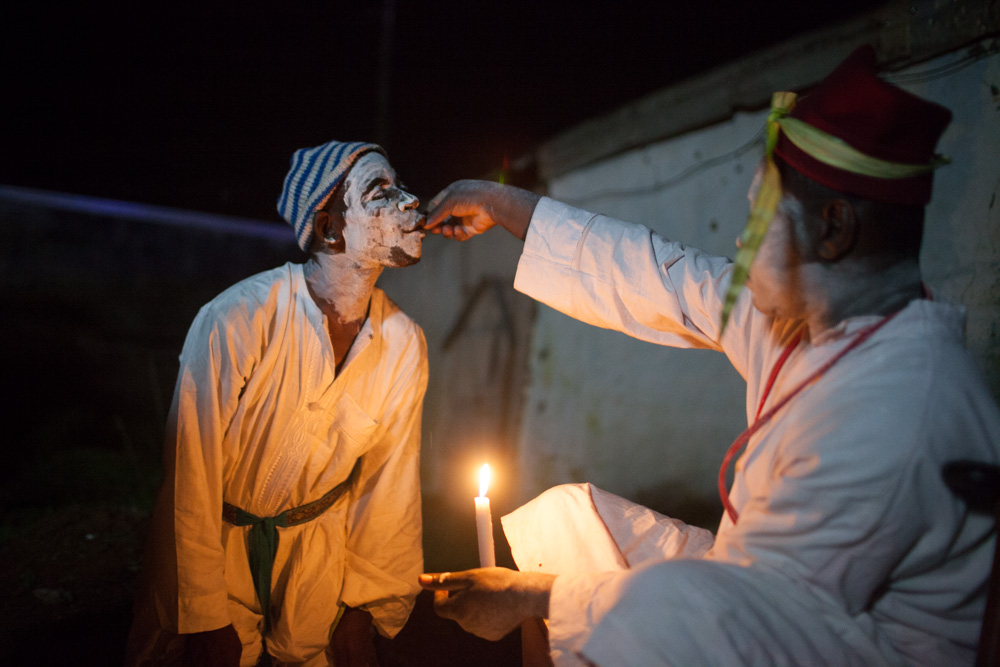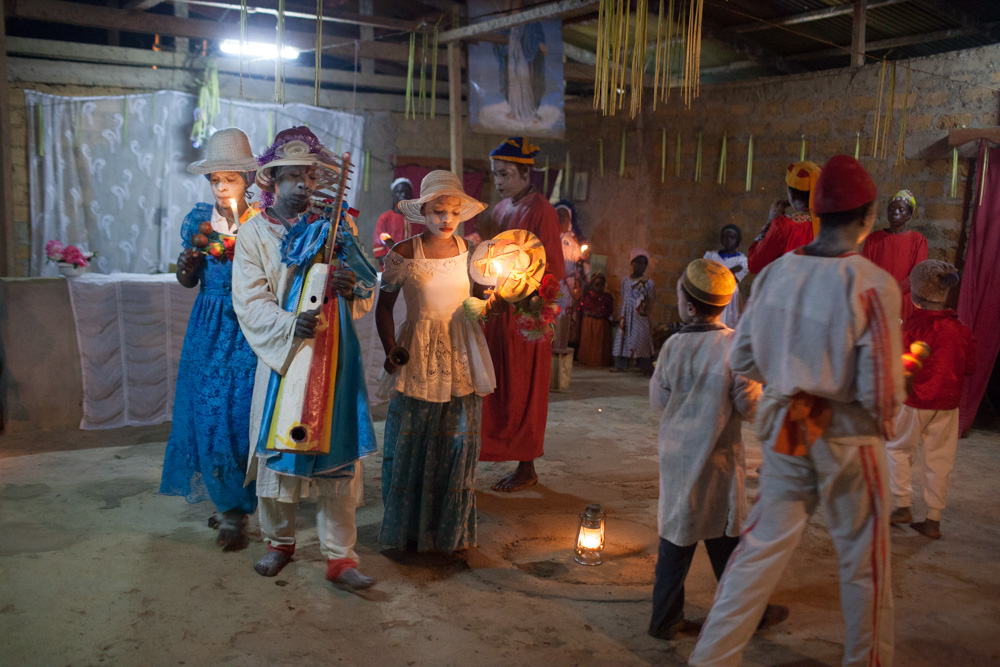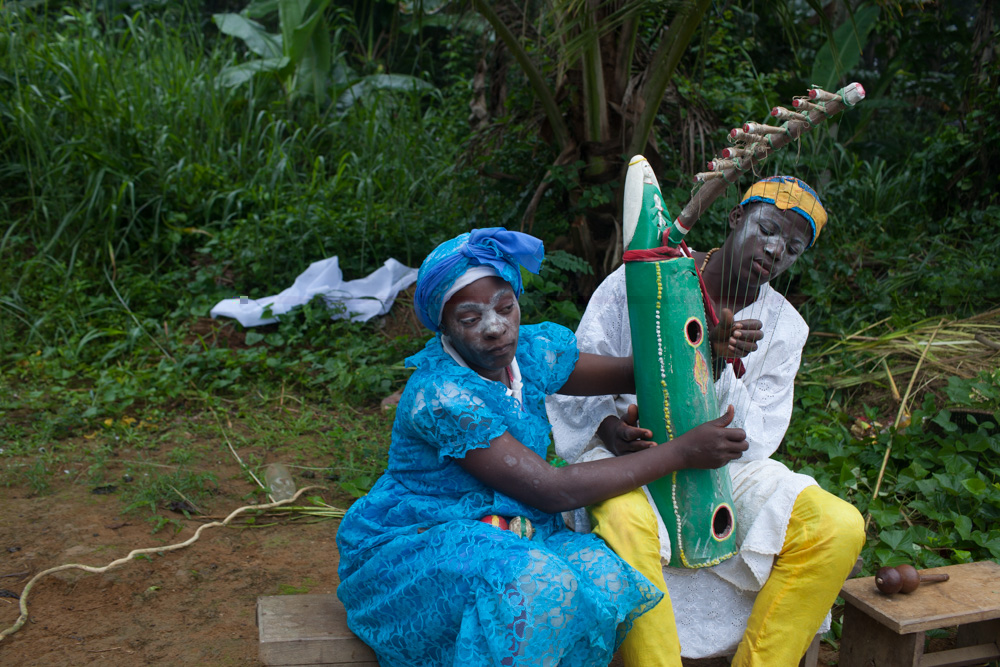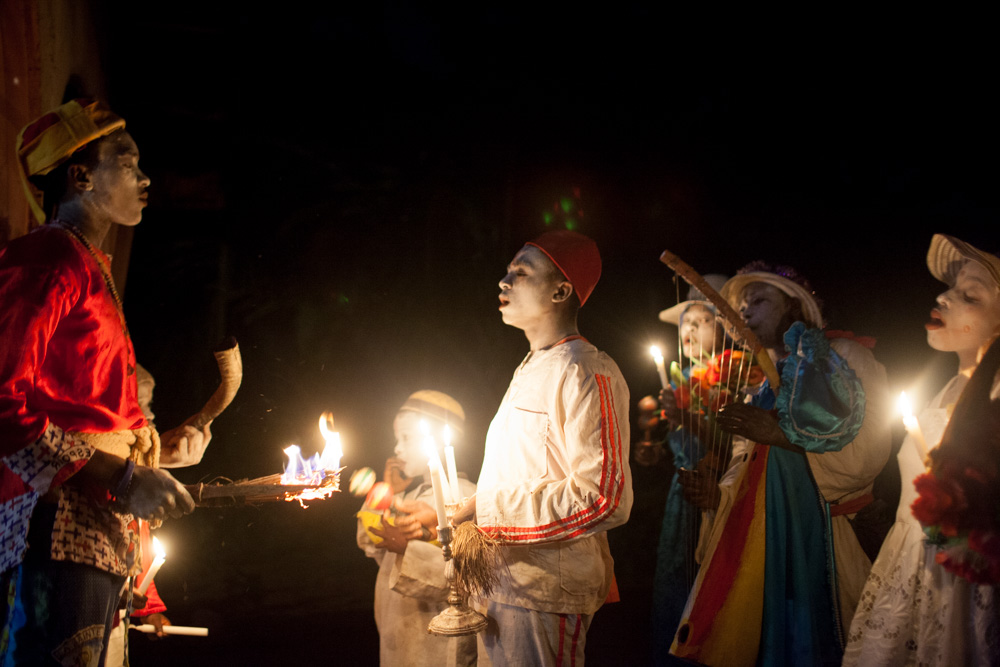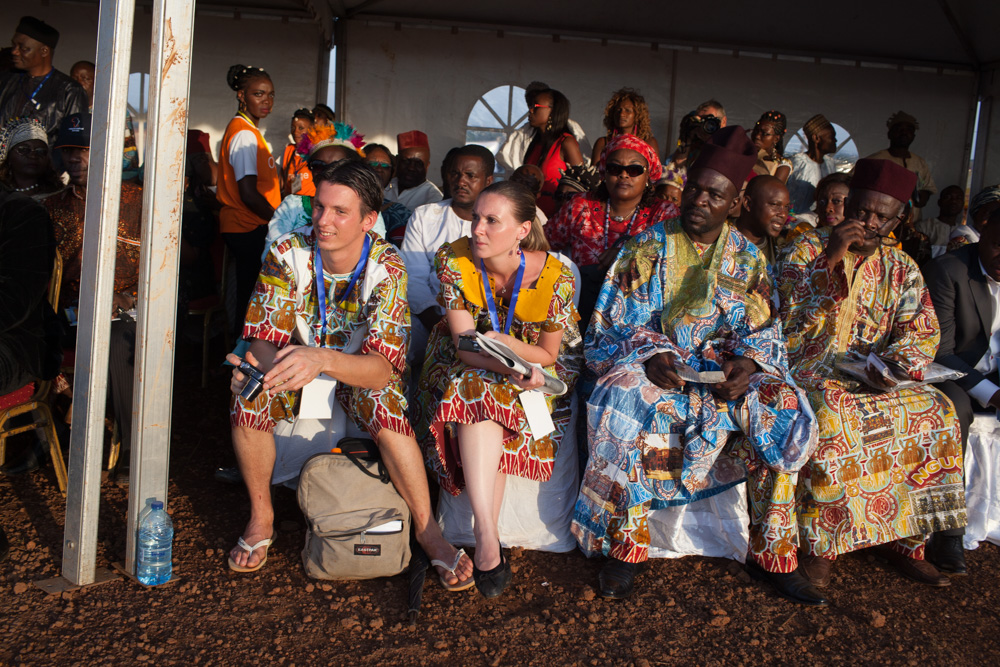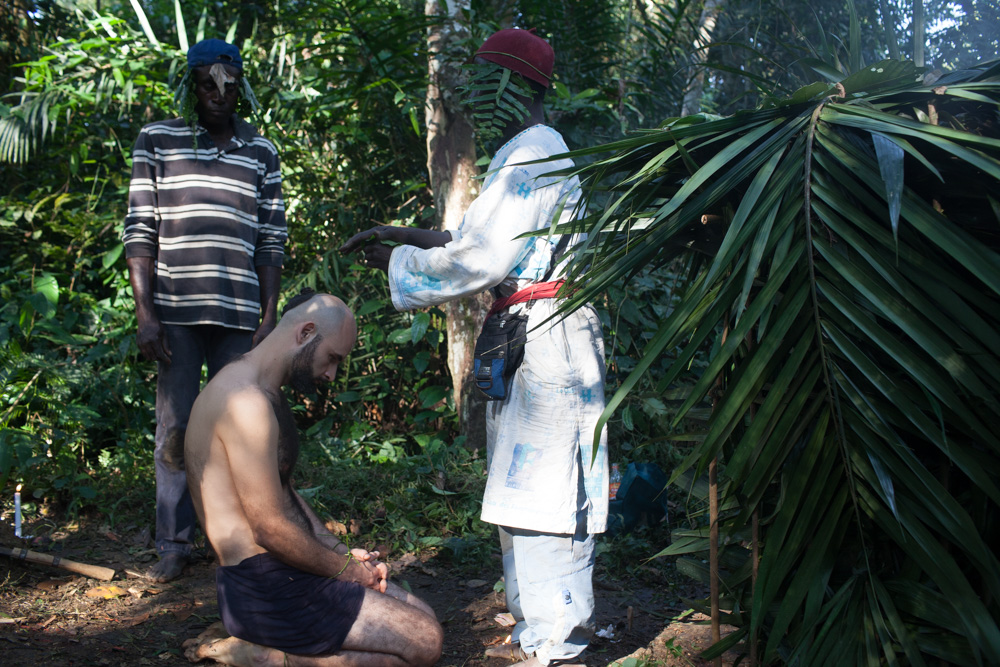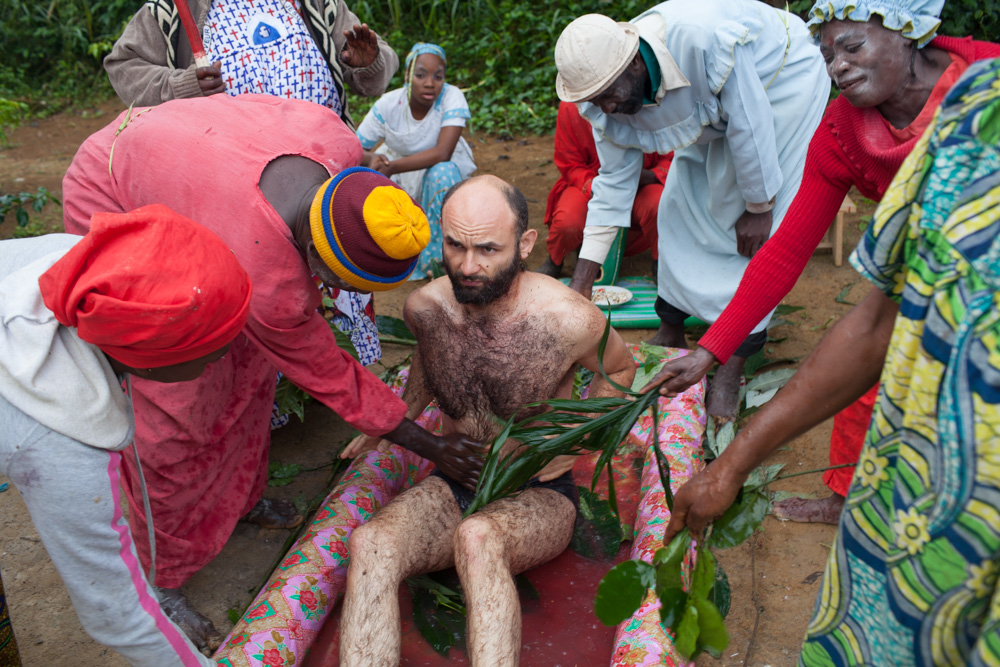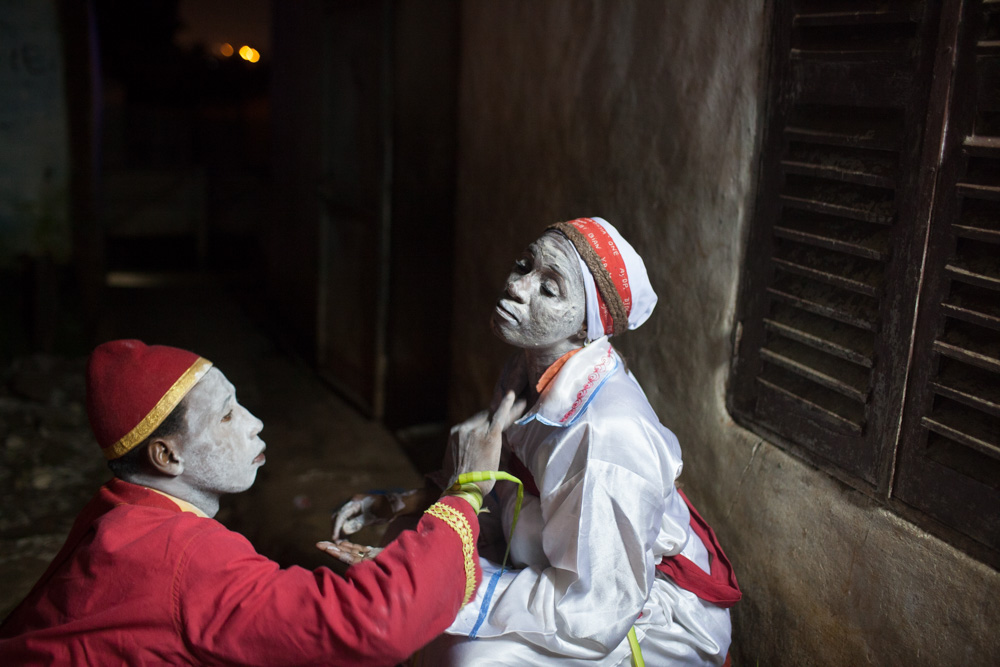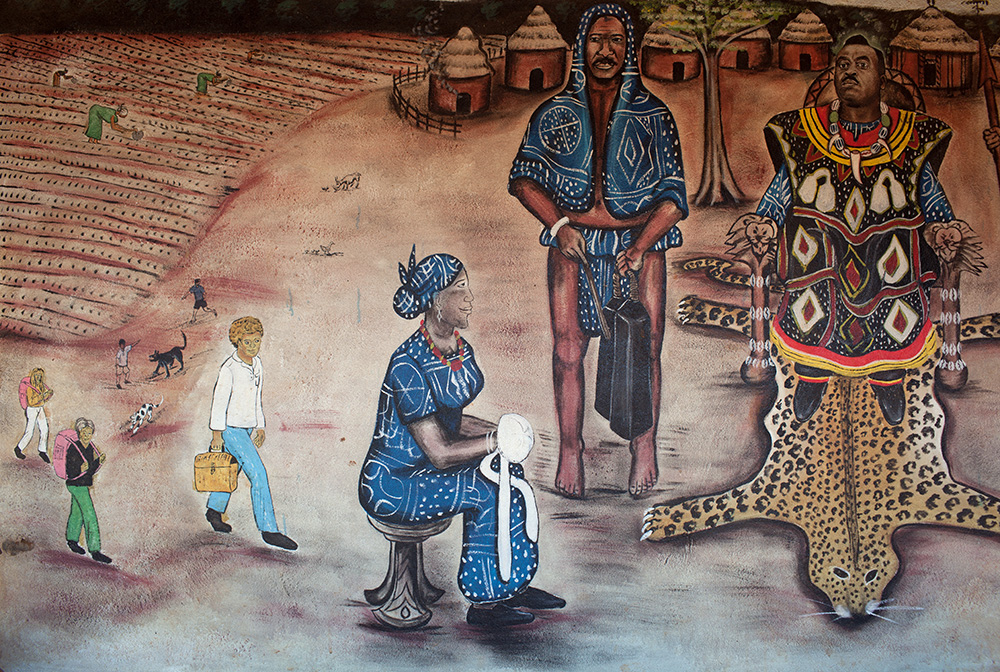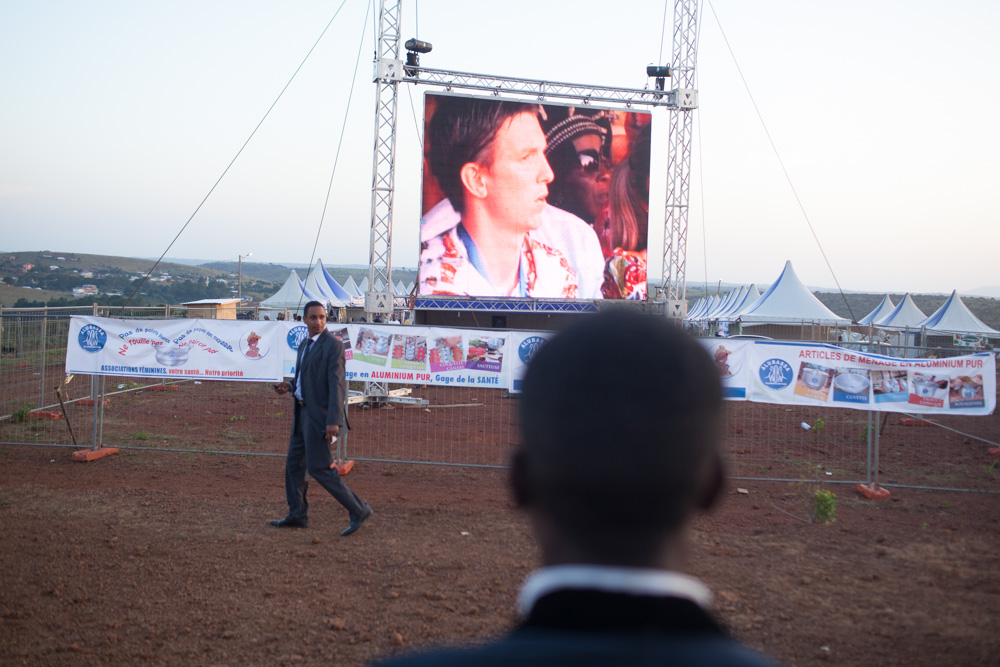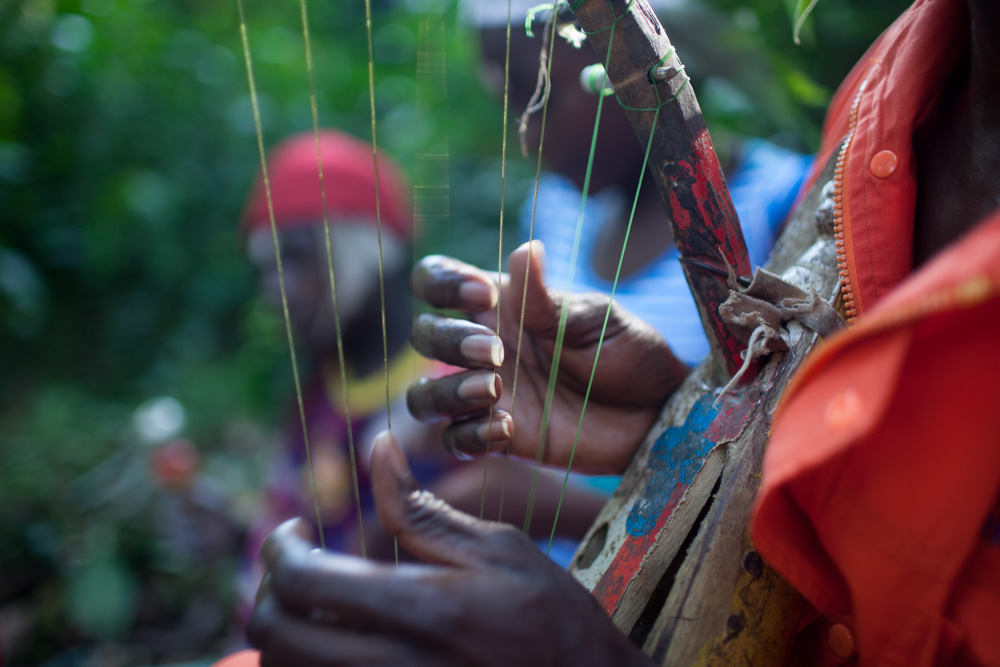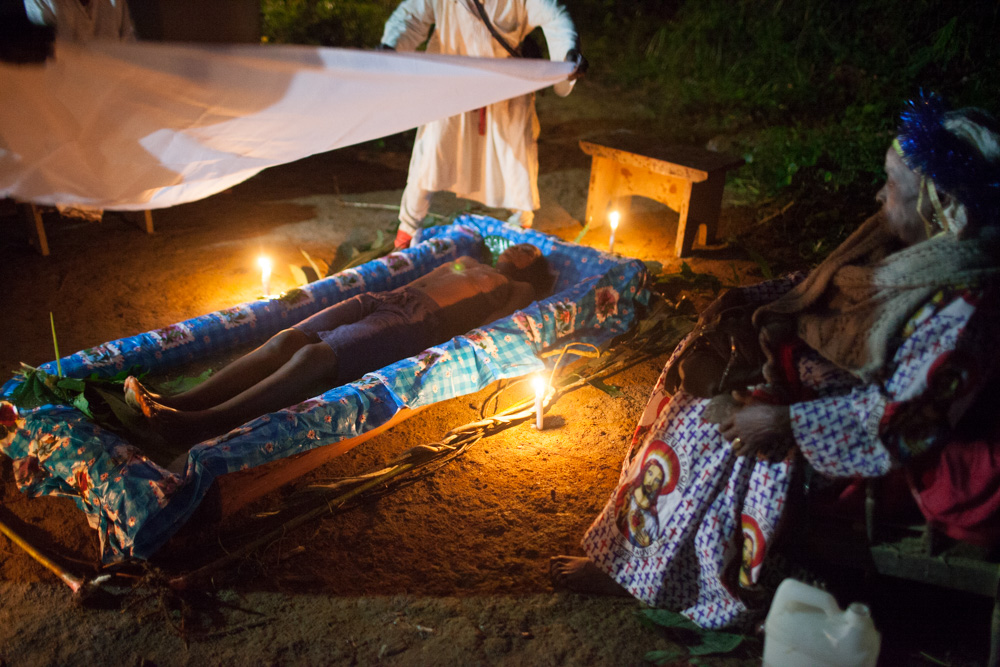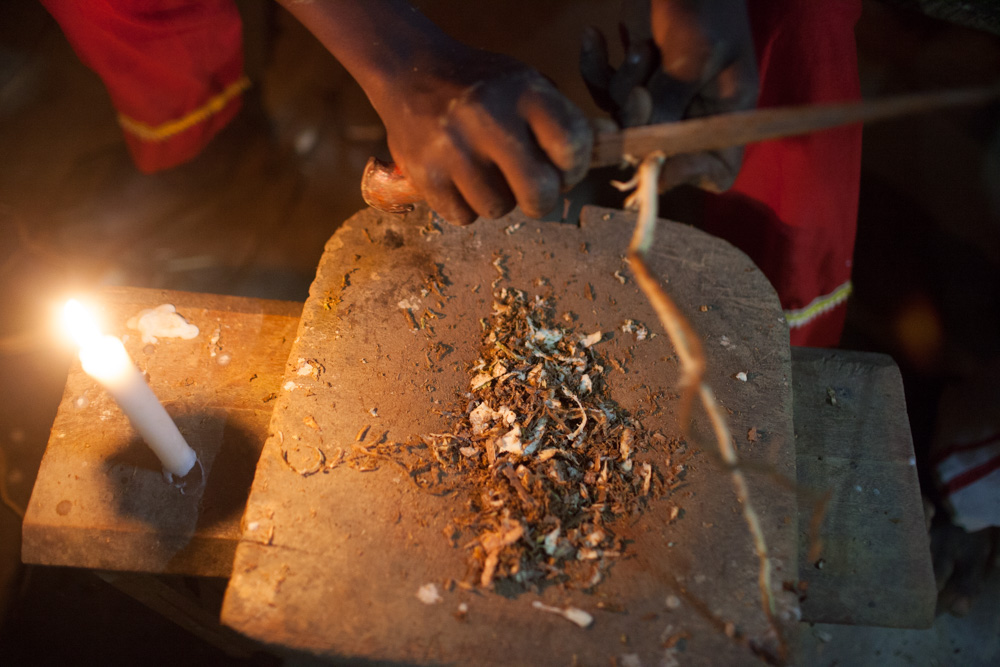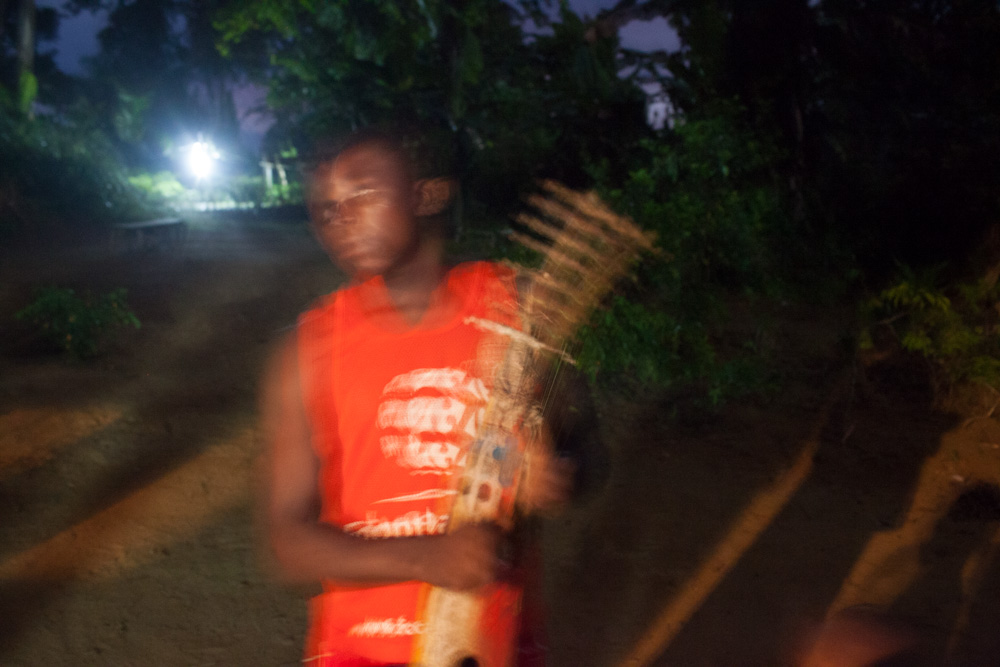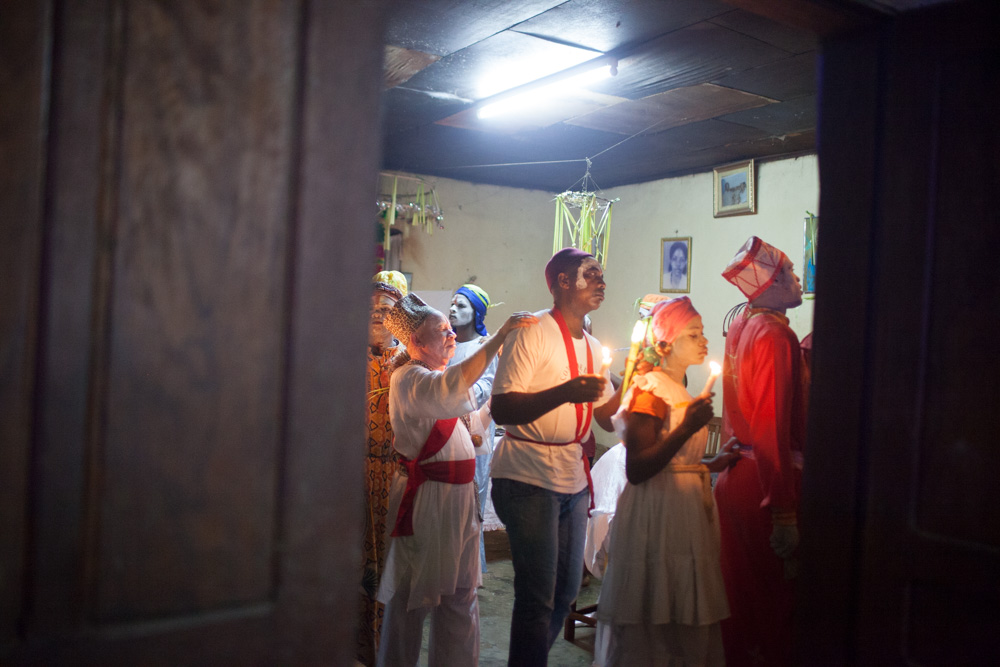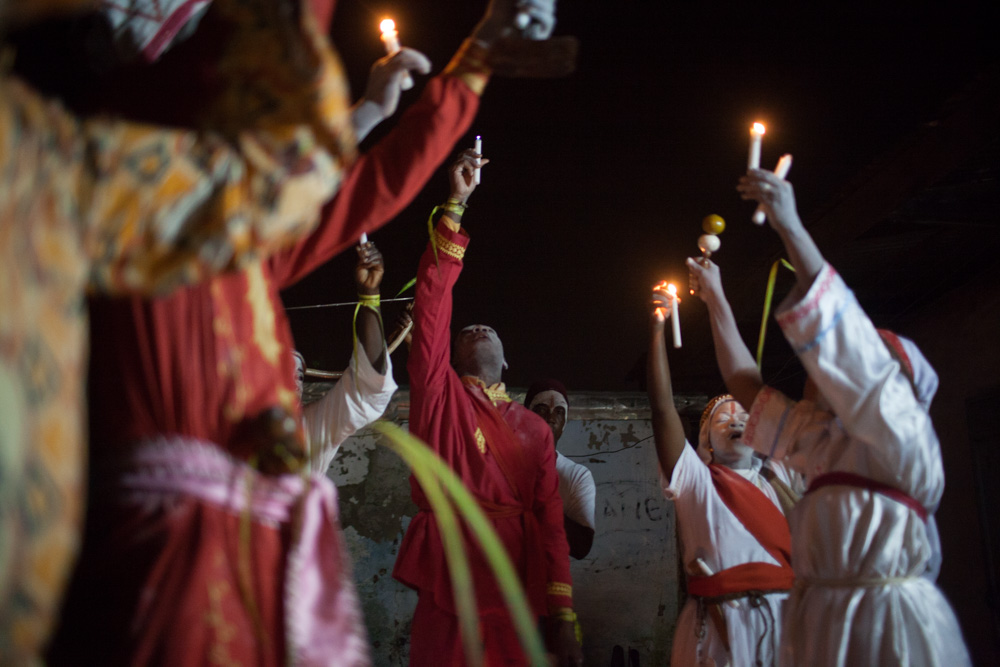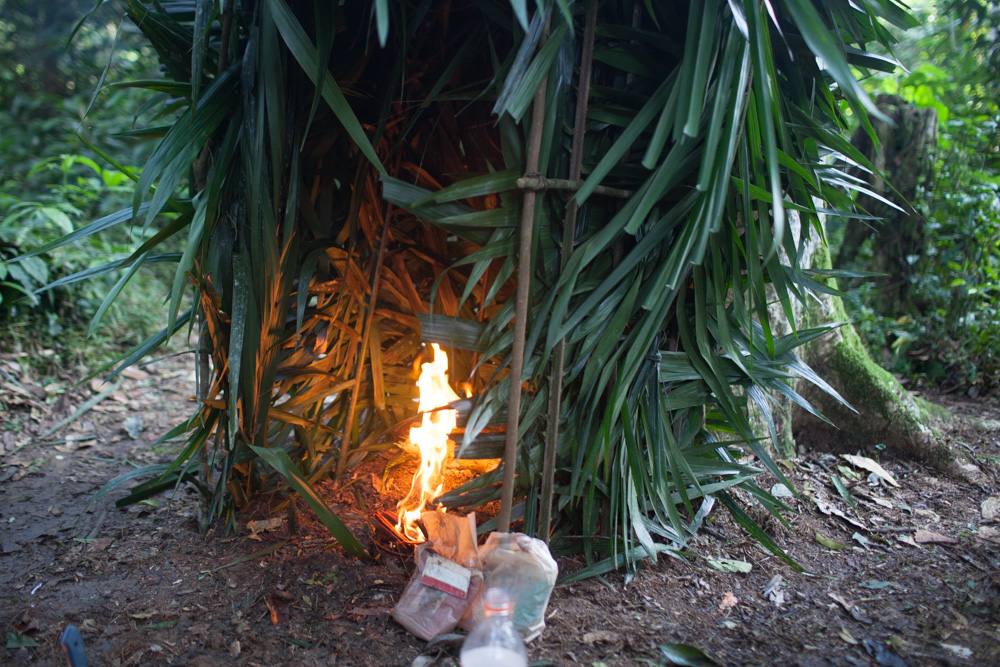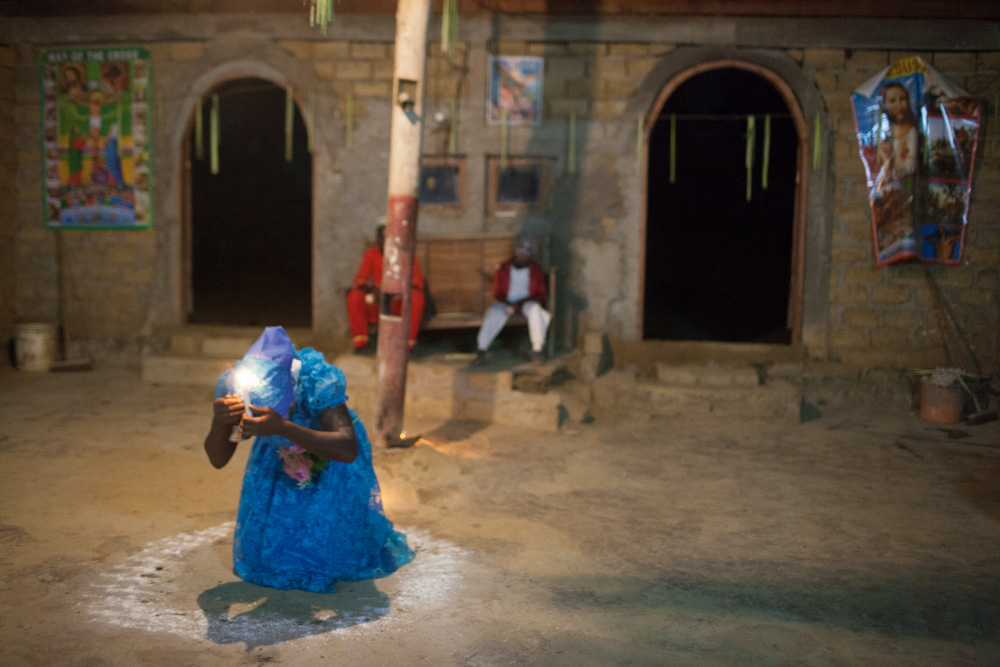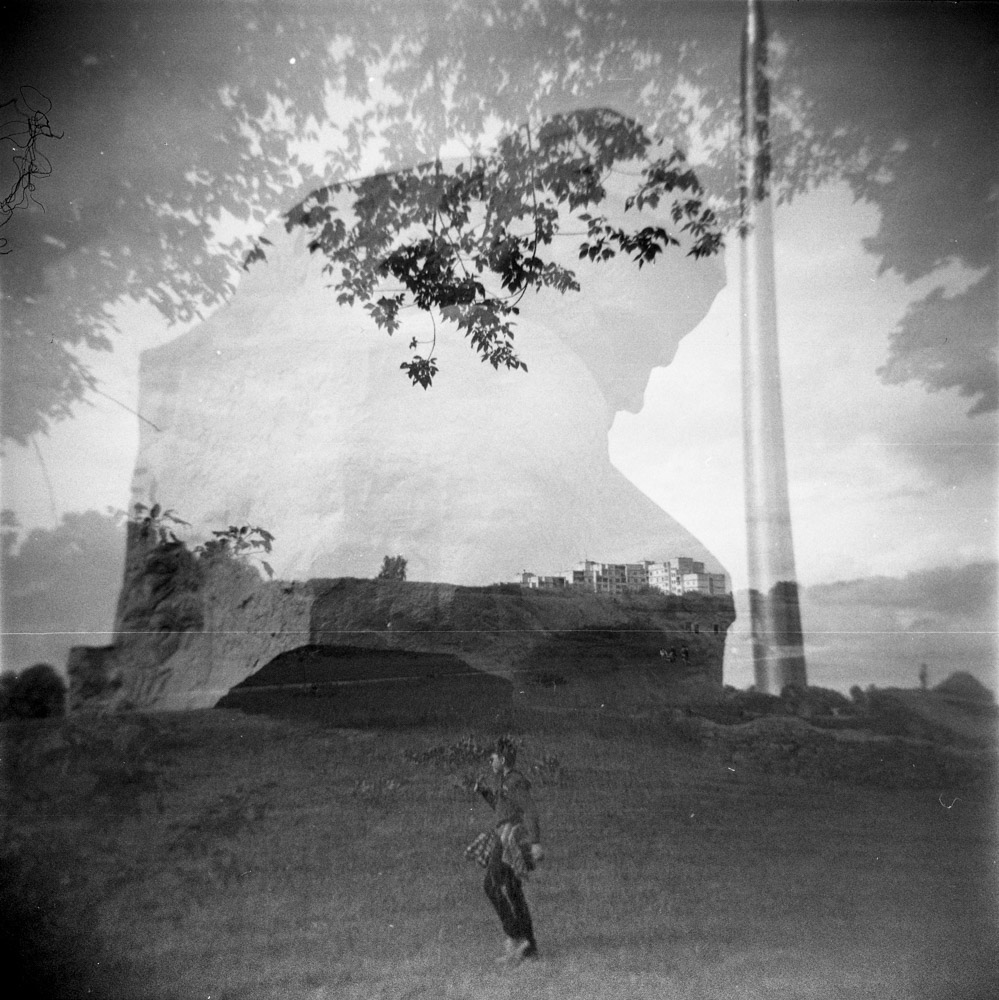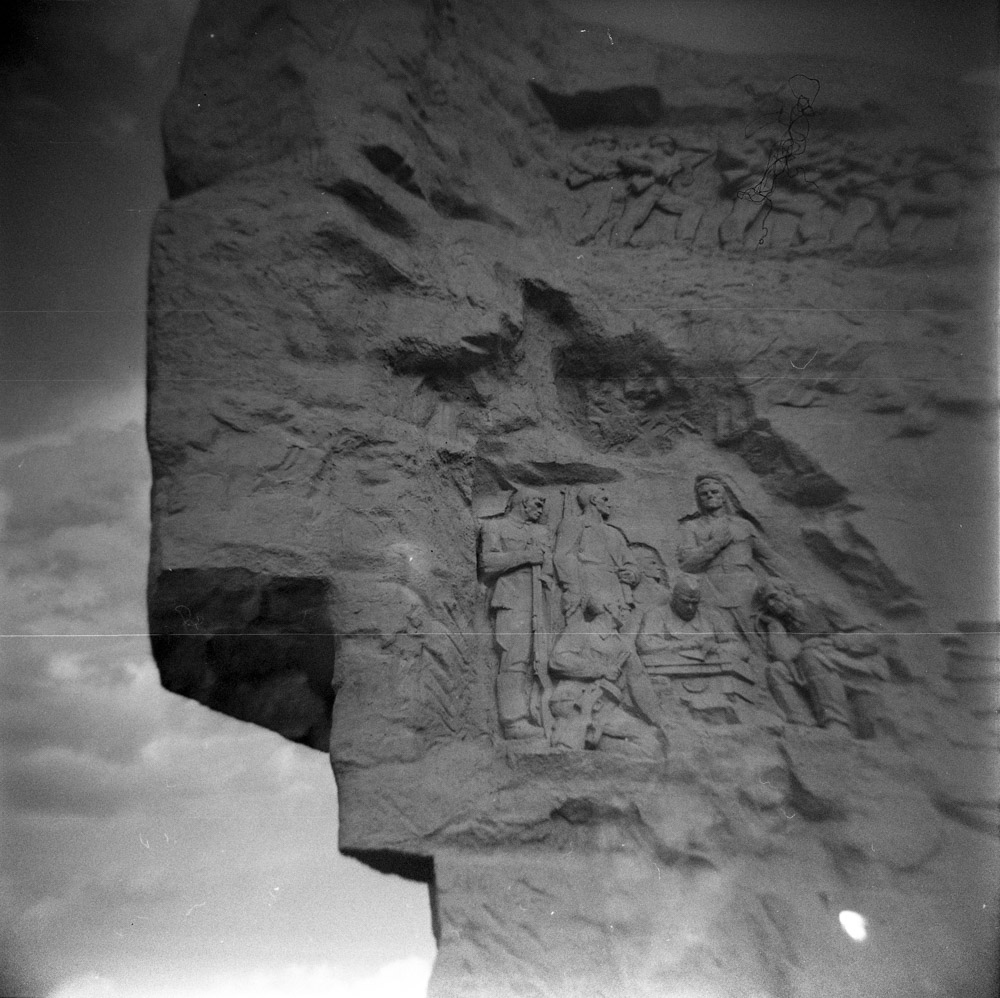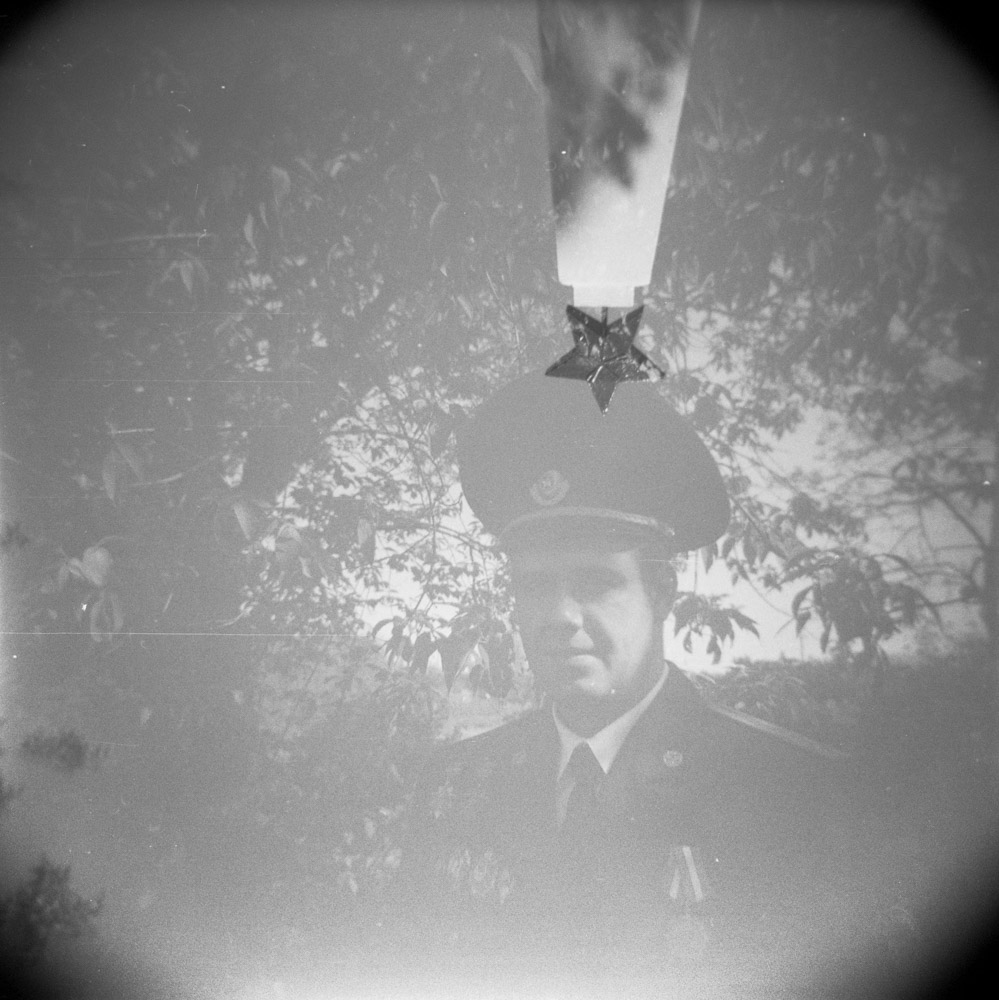The place I am talking here about couldn’t be much more different from the previous one featured in this series. It doesn’t involve ayahuasqueros as understood in traditional way, but it is about people drinking ayahuasca, and about a different perspective, that I think is worth including.
In recent years there is extreme surge in ayahuasca tourism in the areas surrounding Iquitos in Peru. One of the less talked about consequences of this is that when potential profits increase, so does the greed, jealousy and many other negative vibrations connected with it. Classic powerful weapon which poisoned people use consciously, or just let it grow in them unconsciously, is fear. There is more and more of talking about dangers, precautions, come to us, other are dubious, take precautions, all that stuff. It seems like by arriving here, representatives of our safety obsessed culture are bringing with them the same fear of risk taking they seem to be fleeing from. In the Western world, obsessively building fences against germs, terrorists, insured against all odds, turning away from death, not knowing war, RISK is the enemy, FEAR is the tool of manipulation.
…
Miejsce, o którym będzie tutaj mowa, nie mogłoby dużo bardziej różnić się od poprzednich przedstawianych w tym przewodniku. Nie ma tu ayahuasqueros, rozumianych w typowy sposób, ale są ludzie pijący ayahuaskę, i inne podejście, które moim zdaniem też warto uwzględnić.
W ostatnich latach fala ayahuaskowej turystyki w okolicy peruwiańskiego Iquitos przybiera dość gwałtownie. Jedną z konsekwencji tego, o której dużo mniej się mówi, jest to, że gdy rosną potencjalne zyski, także rośnie chciwość, zazdrość i wiele innych powiązanych z nimi negatywnych wibracji. Klasyczną potężną bronią jaką zatruci ludzie używają świadomie albo pozwalają aby w nich nieświadomie rozkwitła jest strach. Mówi się więc coraz więcej o niebezpieczeństwach, zabezpieczeniach, chodźcie do nas, inni są podejrzani, uważajcie, i tak dalej. Wydaje się czasem jakby przyjeżdżając tutaj, reprezentanci całej tej obsesyjnie wielbiącej bezpieczeństwo kultury przywozili ze sobą ten sam strach i awersję do podejmowania ryzyka od której rzekomo uciekli. W zachodnim świecie, paranoicznym, budującym ciągłe mury i zapory, a to przed zarazkami, a to przed terrorystami, ubezpieczonym przeciw wszystkiemu, odwracającym się od śmierci, nie znającym wojny, RYZYKO jest wrogiem a STRACH narzędziem manipulacji.
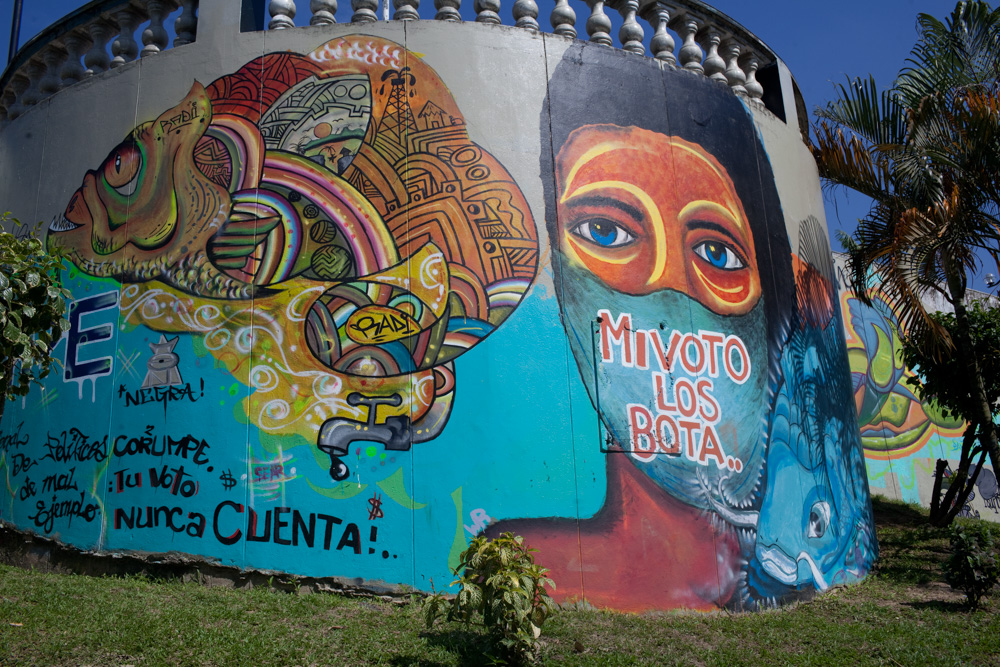
I am cautious. I have been practicing art of careful placing steps on the swamp paths, and checking how deep is the pond I am entering. This is the reason why I feel qualified to say – or even obliged – stop disregarding those who jump right in, they may have something to teach you.
…
Jestem ostrożny. Długo ćwiczyłem sztukę ostrożnego stawiania kroków na ścieżce przez bagna, i sprawdzania jak głęboki jest staw do którego wchodzę. To jest powód dla którego uważam się za uprawnionego – a nawet zobowiązanego – do powiedzenia : przestańcie dyskredytować tych, którzy skaczą na głęboką wodę, mogą was czegoś nauczyć.

Don’t get me wrong. I value the traditions, but I don’t want to be attached to it. I want to be experimenting sometimes. All traditions started some day, and all should some day be verified, otherwise they get stagnant. So I was grateful for conversation with Alan Shoemaker in Iquitos, that helped me break some after-dieta rules I did not really believe in. I felt I am getting into superstitions which, once they take over me, may become real and take control. I know our rationalism can be burden, but also it can be our tool in defense against the darker side of shamanistic explorations.
…
Proszę mnie tu źle nie zrozumieć. Szanuję tradycje, ale nie chcę być do nich przywiązany. Chcę czasem eksperymentować. Wszystkie tradycje kiedyś, od czegoś się zaczęły, i wszystkie pewnego dnia powinny być weryfikowane, inaczej zamieniają się w spleśniałe bajoro dogmatów. Byłem więc wdzięczny Alanowi Shoemaker za naszą pogawędkę w barze w Iquitos, która pomogła mi rozbić niektóre z po-dietowych reguł w jakie i tak nie do końca wierzyłem. Czułem jak ześlizguję się w przesądy, i że jak już mną zawładną, staną się rzeczywistością i będą na mnie realnie wpływać. Wiem, że nasz racjonalizm może być brzemieniem, ale może być także narzędziem obrony przed ciemniejszą stroną szamańskich eksploracji.
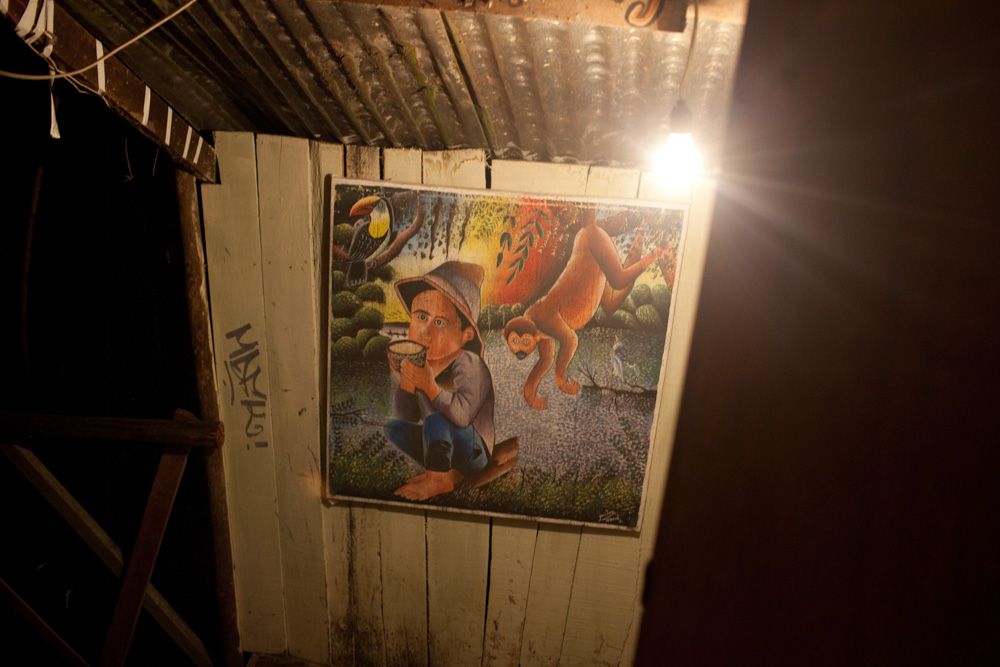
This is a post about one of many people that exist ( you can find them also on many Internet forums ) who try new things, check combinations, techniques, and attitudes not known to traditional shamans, or those New Age types who follow them as would follow Eastern gurus in the seventies.
Zeljko is a Croat, so something I jokingly refer to as better Slav, meaning like our brother, but more relaxed and sun affected. In many cases it would be painful and untrue stereotype, but here I met a guy who was really skilled in art of chilling out.
Despite running business in Croatia he spends large part of the year in Peru. He came here after working for some time with ayahuasca, to see how are things done at “the source”. Then, after some time he found a land in Tamshiyacu, quite large piece of land, with orange groves, gardens, its own river and several wooden huts of various sizes, all for very decent price. For those who like tranquility and nature it is a sort of paradise I guess.
…
Ta notka jest o jednym z wielu takich ludzi ( znajdziecie ich np na internetowych forach ) którzy próbują nowych rzeczy, sprawdzają nietypowe kombinacje, techniki i podejścia nieznane tradycyjnym szamanom, ani tym new-agowym typom, którzy za swymi szamanami podążają jak podążaliby za wschodnimi guru w latach siedemdziesiątych.
Zeljko jest Chorwatem, co nieco żartując nazywam lepszym Słowianinem, co znaczy, jak nasz brat ale taki bardziej zrelaksowany i wymasowany słońcem. W wielu wypadkach byłby to boleśnie nieprawdziwy stereotyp, ale tutaj akurat poznałem kolesia bardzo wprawnego w sztuce relaksu.
Pomimo tego, że w Chorwacji ma swój biznes, większą część roku spędza w Peru. Przyjechał tu po raz pierwszy już znając dobrze ayahuaskę, ale chciał zobaczyć jak sie to robi “u źródła”. Potem, po jakimś czasie, znalazł ziemię w Tamshiyacu, całkiem spory kawał ziemi, z gajami pomarańczowymi, ogrodami, własną rzeczką i kilkunastoma drewnianymi chatami w różnych rozmiarach, a wszystko to za bardzo przystępną cenę. Dla tych, którzy cenią sobie spokój i naturę, to może być coś w rodzaju raju.
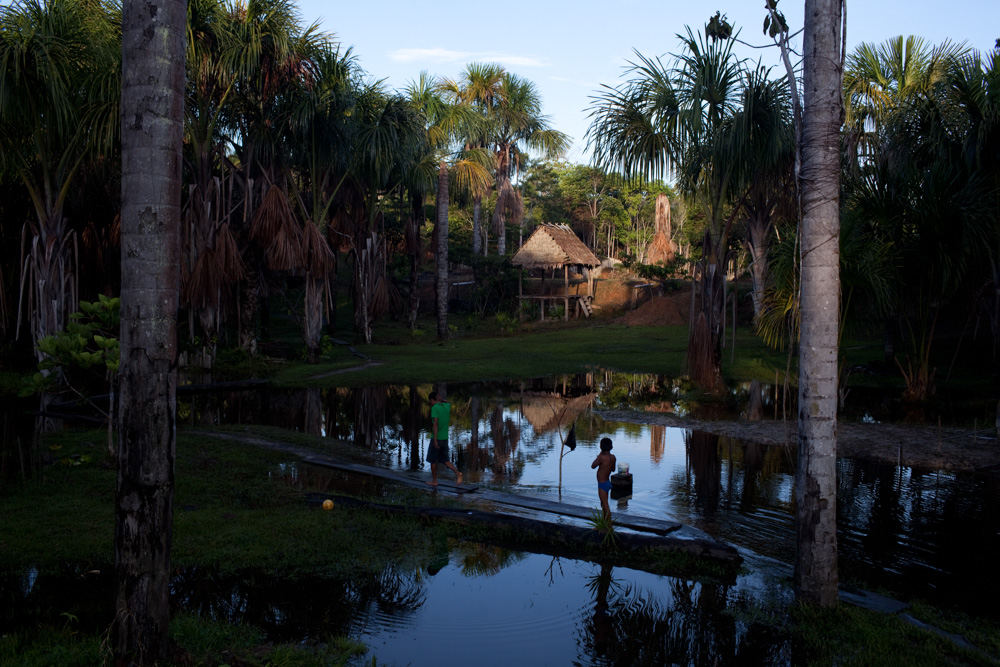
The best part is, unlike so many estates bought by gringos, it hasn’t been converted in fancy lodge serving plant medicines for 200 USD a day. The host is hospitable. He says the place is for friends – and we only knew each other for half an hour when I was invited – and he says all reasonable people who want to do something – like permaculture for example – are invited to come and stay.
…
Najlepsze jednak jest to, że w przeciwieństwie do wielu posiadłości nabytych przez gringo, ta nie została przeznaczona na luksusowy ośrodek serwujący roślinne specyfiki za 200 USD na dzień. Gospodarz jest gościnny. Mówi, że ta ziemia jest dla przyjaciół – a znaliśmy się zaledwie pół godziny kiedy zostałem zaproszony – i mówi, że wszyscy rozsądni ludzie, którzy chcą działać – na przykład zająć się permakulturą – są mile widziani.
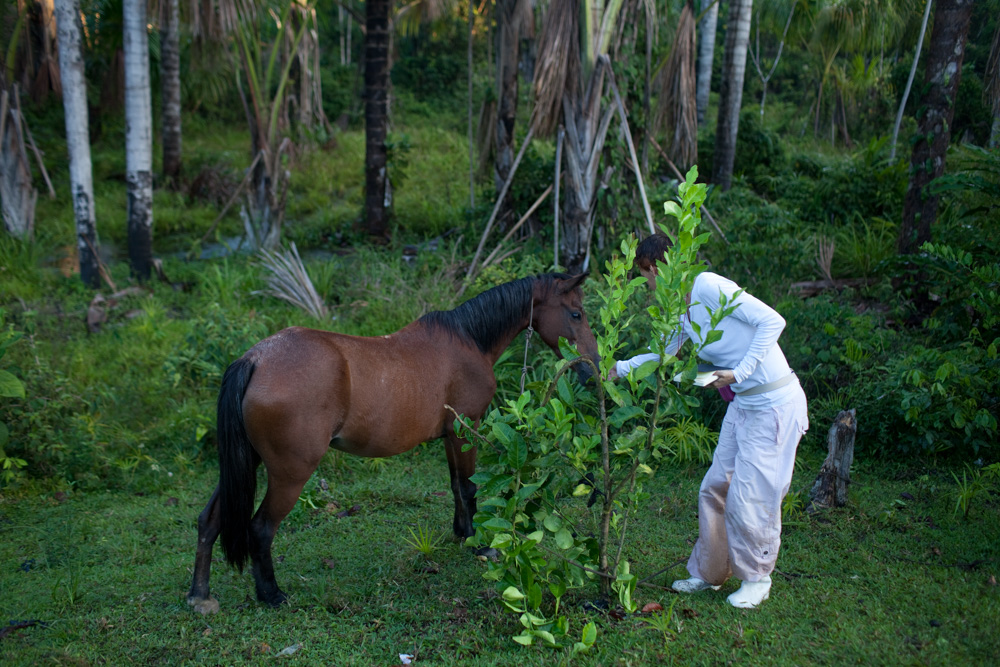
But my focus was on ayahuasca. So I it was very interesting to see Zeljko produce from his “cellar” a selection of bottles of various origin and maturation, not unlike a connoisseur wine stock. And despite my initial apprehension we did drink it as a wine, an afternoon glass for a quality time. It was liberating experience in a way.
…
Ale ja byłem zainteresowany ayahuaską. Z zaciekawieniem więc patrzałem jak Zeljko wyciąga ze swej “piwniczki” selekcję butelek różnego pochodzenia i wieku, całkiem jak zapas konesera win. Pomimo mojego chwilowego wahania konsumowaliśmy ten napój jak wino, popołudniowa szklaneczka dla uczczenia chwili i zmiany jej jakości. Było to w jakimś sensie wyzwalające doświadczenie.
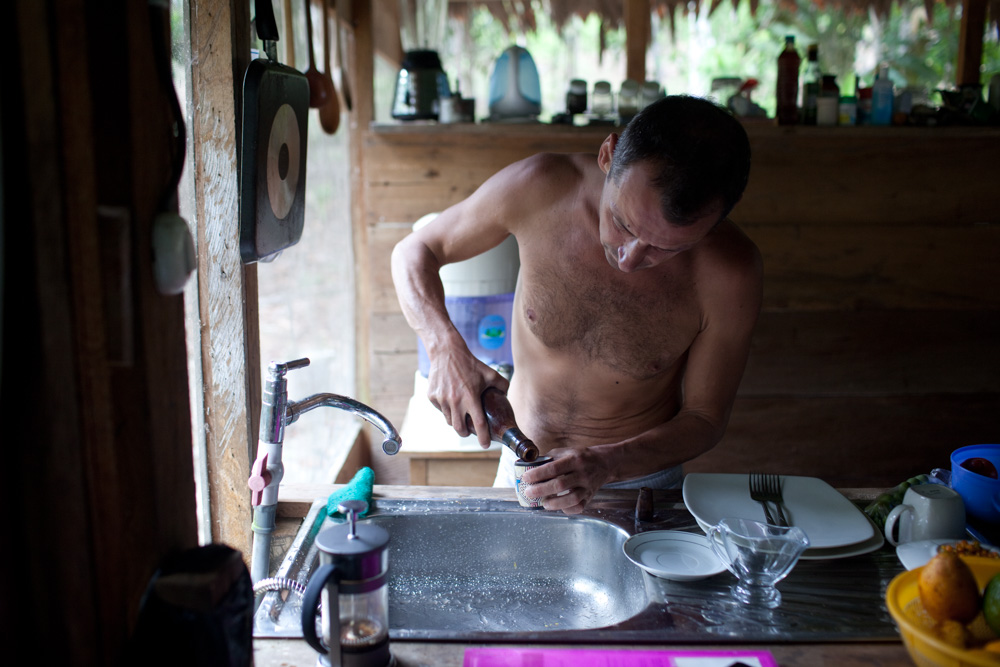
There was no shaman. No icaros, no serious night vibe, no rattles, no altars. There were three people enjoying the beauty of life, thinking, meditating, talking to each other, smoking mapachos. I was exploring infinite possibilities of the smallest shamanic tool I know, humble jew’s harp. At one point the song I started in bed it made me get up, walk outside and up the large hill, all without stopping the intoxicating trance. When I have passed the fruit groves and stood on the top I knew why I was led here. There was the sky in front, sky above the Amazon river and jungle, the biggest sky I have ever seen outside of the desert, but so much more dramatic because of the sunset lit clouds and the rain here and there on the horizon. The sound I brought was for the sky.
When I came down it was getting dark. I let the insects of the twilight do their music guidance now.
…
Nie było szamana. Nie było icaros, nabożnej nocnej tajemnicy, grzechotek, ołtarza. Były trzy osoby cieszące się pięknem życia, myślące, medytujące, rozmawiające ze sobą, palące tytoniowe skręty. Eksplorowałem niekończące się możliwości najmniejszego szamańskiego narzędzia jakie znam, skromnej drumli. W pewnej chwili melodia na niej grana w łóżku zmusiła mnie do wstania, wyjścia na zewnątrz, podejścia pod strome wzgórze, wszystko bez przerywania tego upajającego transu. Kiedy minąłem owocowy gaj i stanąłem na szczycie wiedziałem co mnie tu sprowadziło. Naprzeciwko rozpościerało się niebo, niebo nad parującą dżunglą i nad Amazonką, największe niebo jakie kiedykolwiek widziałem poza pustynią, ale o wiele dramatyczniejsze z powodu oświetlonych pomarańczem zachodu chmur i smug deszczu tu i tam. Dźwięk jaki ze sobą przyniosłem był dla nieba.
Kiedy wróciłem na dół, robiło się już ciemno. Pozwoliłem insektom przejąć muzyczne prowadzenie.
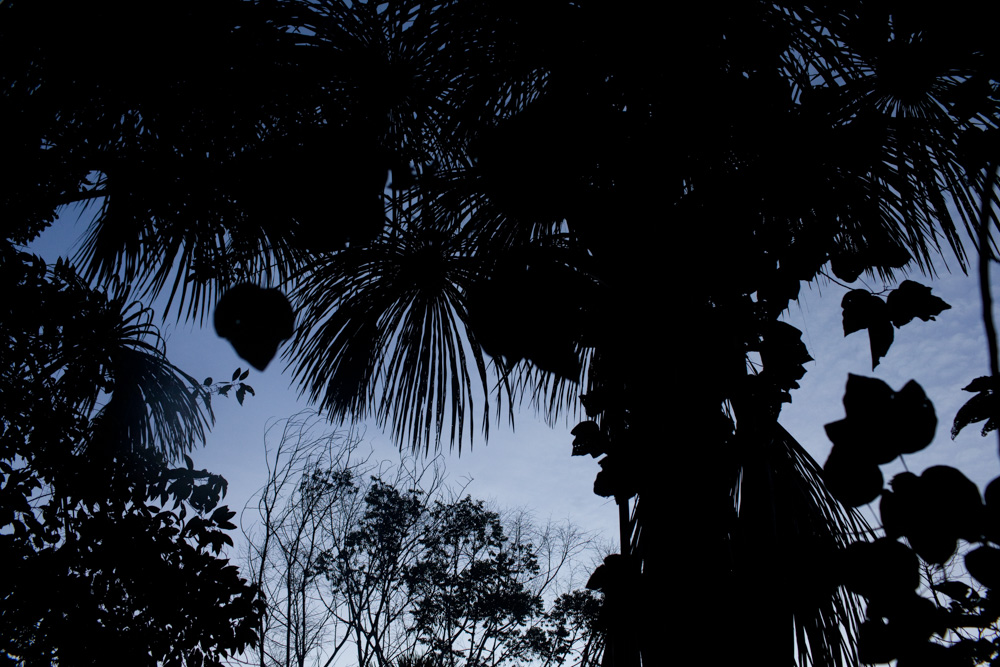
This is when my host began preparing pasta, it was as obvious and natural for him as if we were on snorkeling trip somewhere off Croatian coast and after a day’s activities it was another life’s pleasure – food.
I have read and heard so much of the dietas, about the dangers of yellow cheese, I met so many people for whom ayahuasca is a sacrament in this heavy, Catholic way – on your knees. So when sometimes that seriousness is broken, especially by someone who nearly became priest in his youth, and it is broken with such Meditarenneas life loving charming style , I want to go along.
That night we enjoyed a large, heavy plate of spaghetti, a large mapacho afterwards, and around two hours later, another glass of ayahuasca to carry us into night journey, without any bumps nor purges. No troubles, amigo.
Another thing I experienced with Zeljko was my first kambo. Again, there was no playing Indians here, no “ceremony”. There was just fire, burning stick, the frog’s venom applied to wounds.
…
Zmrok już zapadł, kiedy mój gospodarz zaczął przygotowywać makaron. Było to tak oczywiste i naturalne dla niego, jak byśmy byli na nurkowaniu gdzieś u wybrzeży Chorwacji i po całodziennej zabawie czekał na nas kolejny ze smaków życia – jedzenie.
Czytałem i słyszałem wiele o ayahuaskowych dietach, o niebezpieczeństwach żółtego sera, spotkałem tyle osób dla których ayahuaska jest sakramentem w ten ciężki, katolicki sposób – na kolanach. Więc kiedy zdarza się czasem, że ta powaga jest przełamana, zwłaszcza przez kogoś, kto o mały włos nie został sam księdzem w młodości, i jest złamana w tym czarującym, afirmującym życie śródziemnomorskim stylu, chcę do tego dołączyć.
Tej nocy delektowaliśmy się dużym, pełnym warzyw i oliwy talerzem spaghetti, grubym mapacho na deser, a jakieś dwie godzin później kolejną szklaneczką ayahuaski niosącej nas w nocne podróże, bez żadnych wybojów, żadnego rzygania. Nie ma problema, przyjacielu.
Inną rzeczą jaką spróbowałem z Zeljko było me pierwsze kambo. Ponownie, żadnej zabawy w Indian, żadnej “ceremonii”. Tylko ogień, żarzący się patyczek, żabia trucizna wtarta w rany.
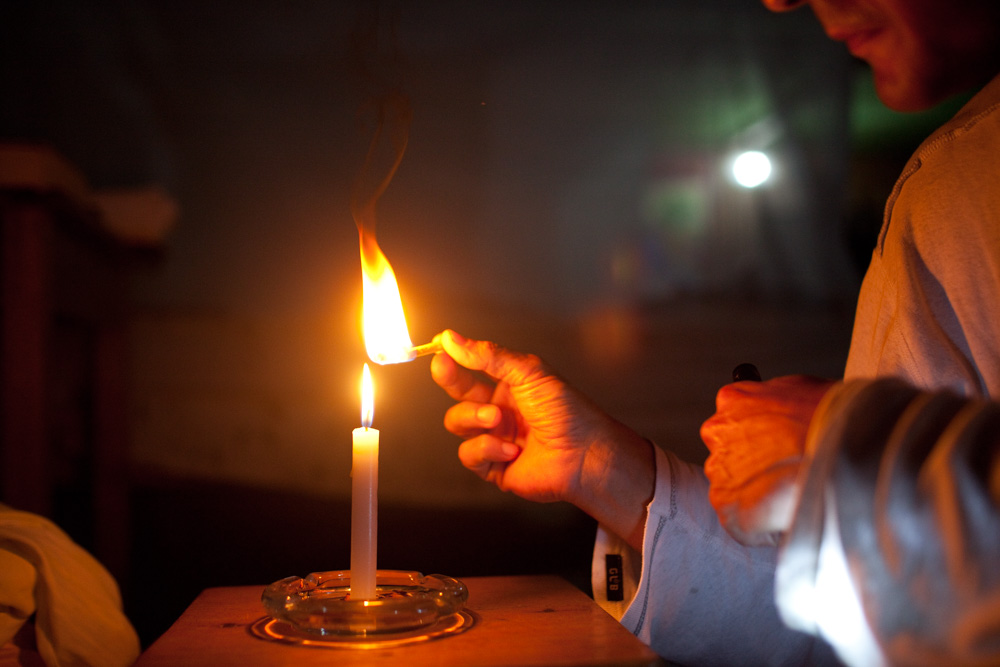


Next day, at dawn, we went to Iquitos and I was regretting leaving so soon every step of the long walk to the Tamshiyacu port. I will, given a chance, come back.
…
Nastepnego dnia o świcie wyruszyliśmy do Iquitos i żałowałem wyjeżdżania tak wcześnie przy każdym kroku długiego marszu do przystani w Tamshiyacu. Jeżeli będzie okazja, wracam.

